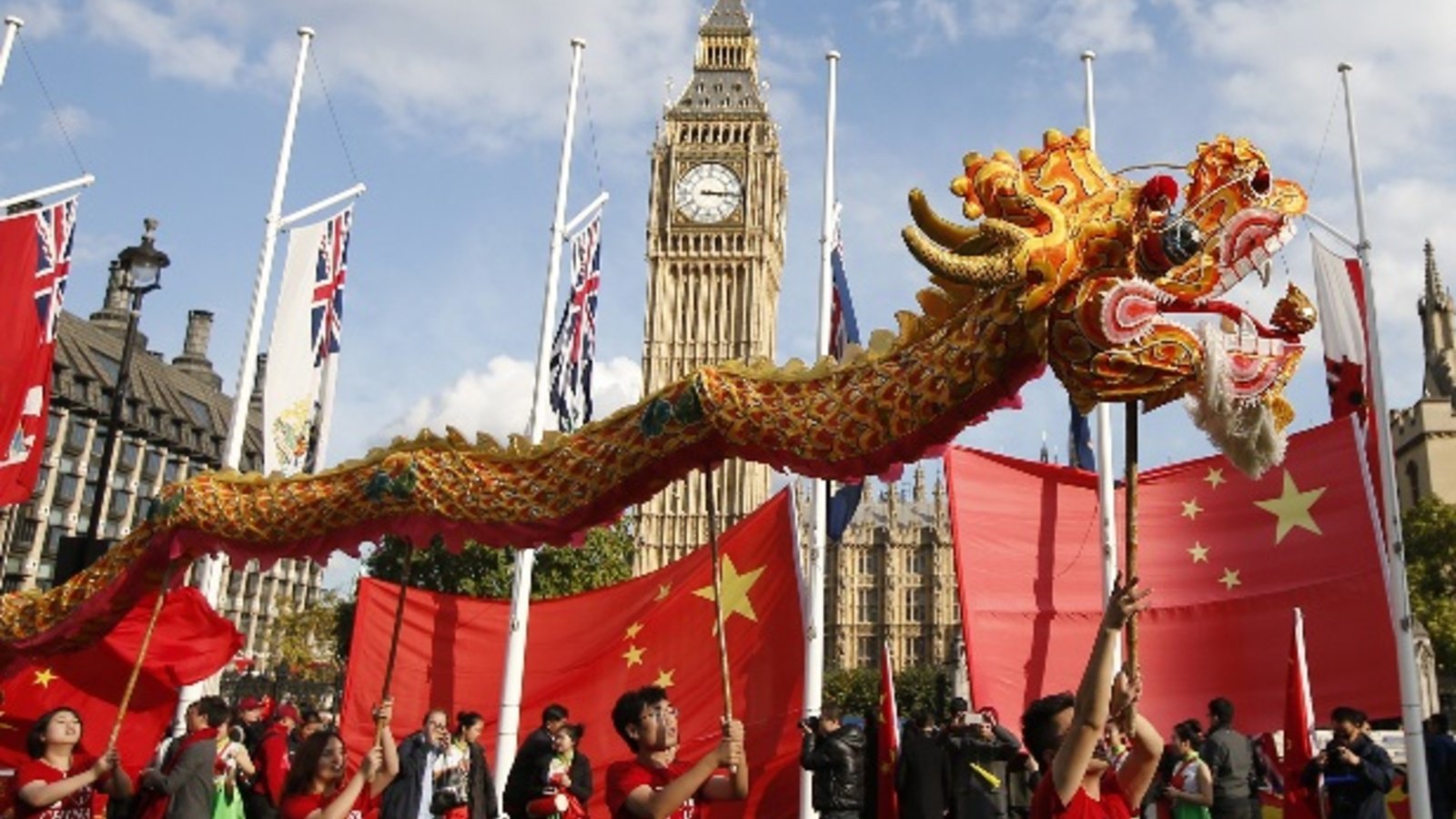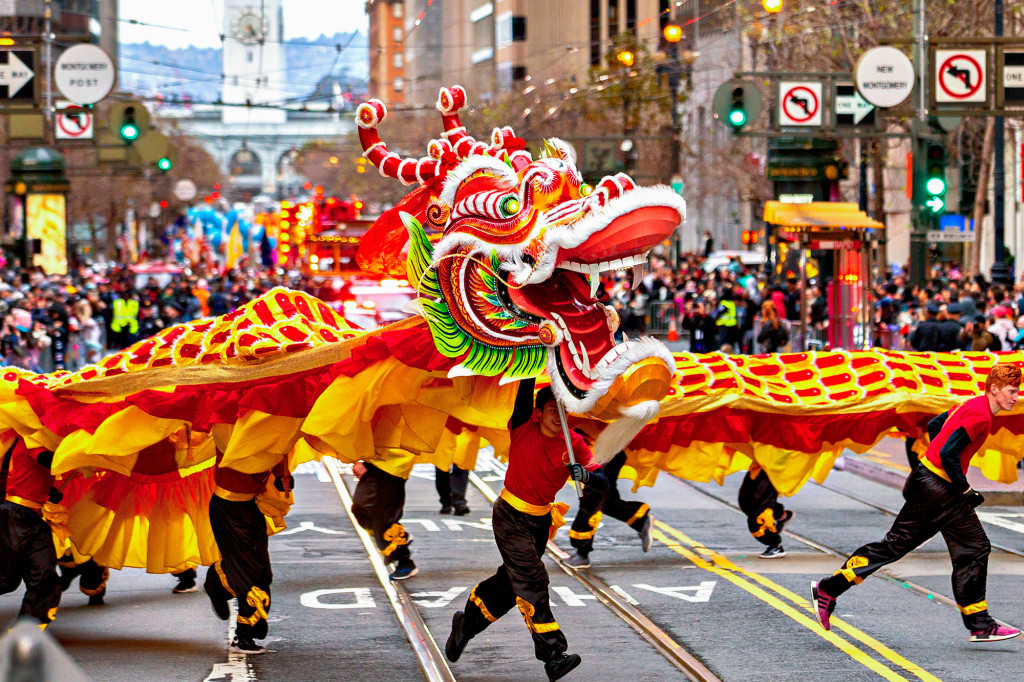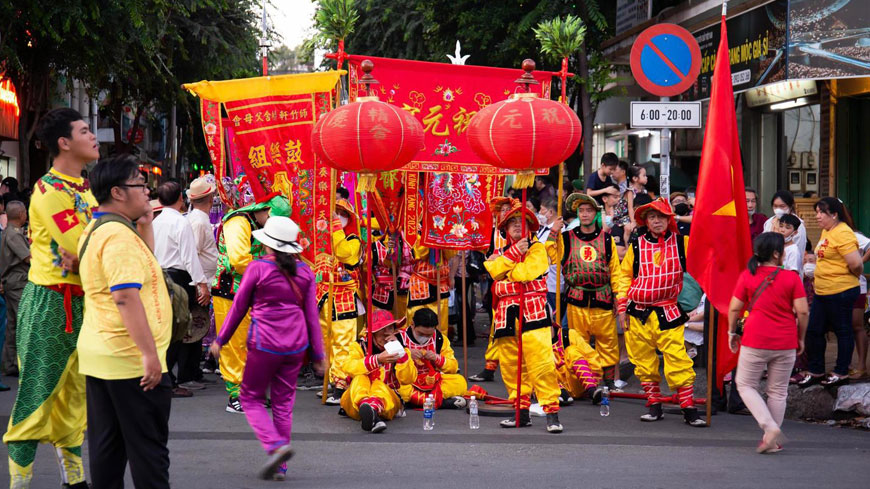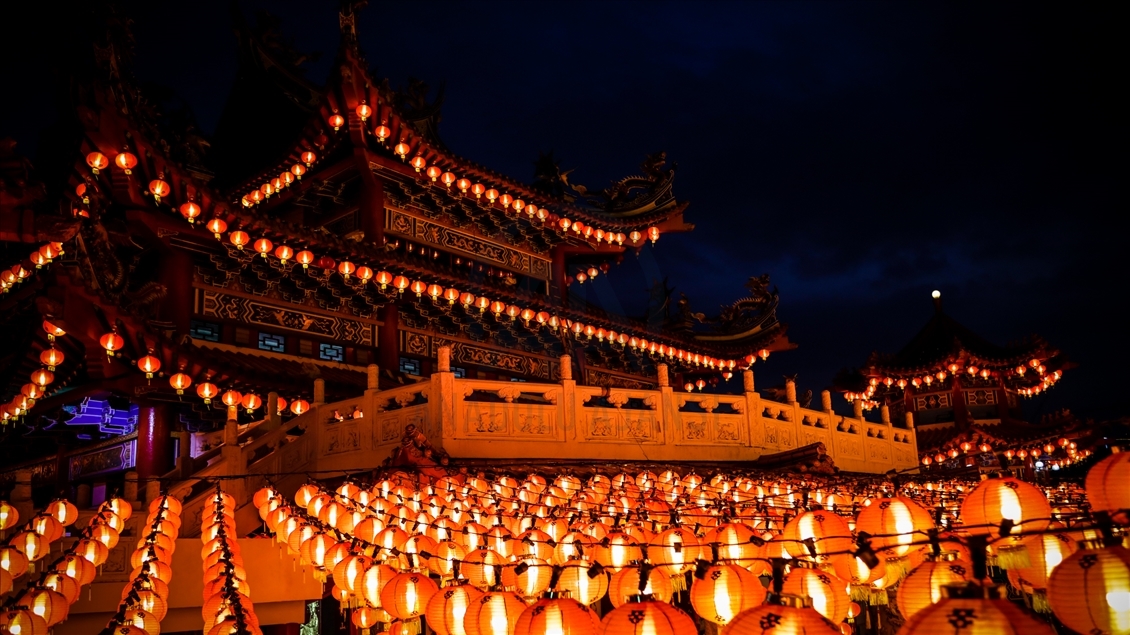Chinese New Year, also known as Lunar New Year or Spring Festival, stands as one of the world's most magnificent celebrations, captivating over 2 billion people across the globe. Following the ancient lunar calendar, this extraordinary festival typically graces us between late January and mid-February, marking not just the turn of a new year, but the very essence of renewal and hope.
What began over 3,500 years ago as a solemn ritual honouring ancestors and harvest deities has blossomed into a spectacular global phenomenon that transcends cultural boundaries. The festival heralds the end of winter's grip and welcomes spring's promise—a celebration of new life, fresh beginnings, and boundless possibilities that resonates deeply with people of all backgrounds.
In December 2024, UNESCO recognised the Spring Festival's profound cultural significance by inscribing it on the Representative List of the Intangible Cultural Heritage of Humanity, cementing its status as a treasured global tradition that belongs to all mankind.
A Truly Global Celebration
Whilst deeply rooted in Chinese tradition, the festival has gracefully spread across Asia and beyond, with each nation and region weaving its own unique customs into the rich tapestry of celebration. From the bustling streets of London's Chinatown to the magnificent parades of San Francisco, from intimate family gatherings in Seoul to the dazzling light displays of Singapore—Chinese New Year has evolved into a universal language of joy, unity, and cultural exchange.
"The universal themes of the Spring Festival—family reunion, gratitude, and renewal—are key to its global resonance. It represents humanity's eternal hope for fresh starts and better tomorrows."
Join us on a fascinating journey around the world as we explore how different cultures have embraced and enriched this ancient celebration, creating a magnificent mosaic of traditions that honour the past whilst embracing the future. From the snow-dusted streets of London to the tropical warmth of Singapore, discover how Chinese New Year has become a truly universal celebration of hope, harmony, and human connection.




